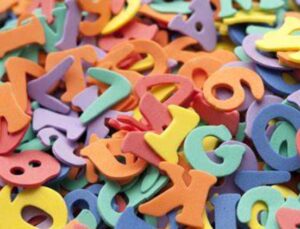 by John Butcher
by John Butcher
The 2023 test results (generally called “SOLs” but including results of other tests) are up on the VDOE Web page. Those numbers are not pretty.
First, some background.
2020 was the first year without statewide SOL testing since 1997. Then came 2021, when participation in the testing was voluntary. The VDOE press release (link now broken) said, “In a typical school year, participation in federally required tests is usually around 99%. In tested grades in 2021, 75.5% of students took the reading assessment, 78.7% took math, and 80% took science.”
So, the ‘22 data are the first post-pandemic numbers with a claim to measuring anything beyond individual performance.
The figures below omit the ‘21 data that can clutter the graphs without adding any useful information.
Further, economically disadvantaged students (here, “ED”; primarily students who qualify for the federal free lunch program) underperform their more affluent peers (“Not ED”) by around twenty points, depending on the test. This renders comparisons of the school and division and state averages meaningless because of the varying percentages of ED students. Fortunately, the VDOE database offers data for both groups. Hence the more nuanced analyses below.
With that out of the way, let’s start with the reading tests and the state averages.
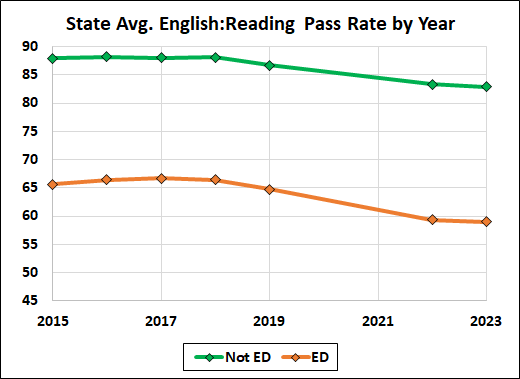
The 2022 results were a disaster for both groups, especially for the less affluent group. Indeed, those results are worse than these numbers suggest: As VDOE said in its press release:
The pass rates are even more alarming when considering the large number of students who are in the “low proficient” level and would have likely failed the SOLs under the 2018-2019 cut scores. Proficiency cut scores were lowered between the 2018-2019 and 2020-2021 test administration. These lowered cut scores enabled students to pass that would not have otherwise received a passing score.
Rather than showing improvement since 2022, the 2023 results reveal deterioration.
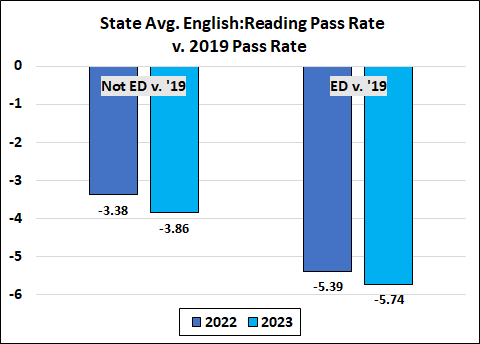
The math data are both better and much worse. The numbers rose in ‘19, thanks to a relaxation of the standards, but then plummeted.
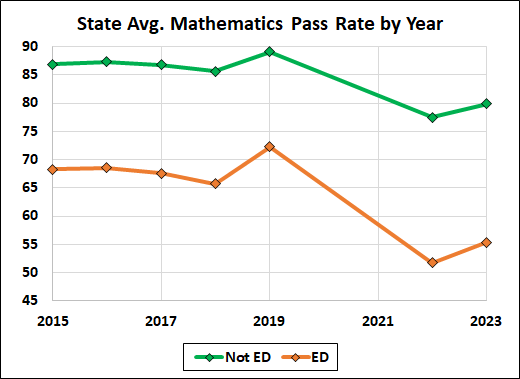
Even with the 2023 improvement, the pass rates are dismal compared to the ‘19 rates.
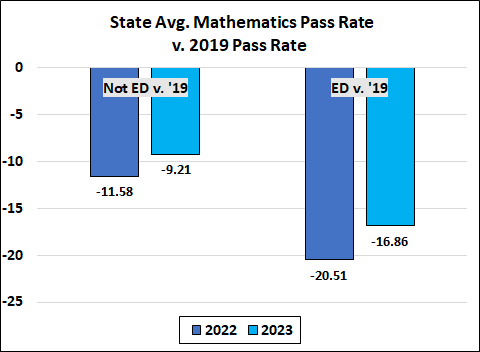
Next, writing:
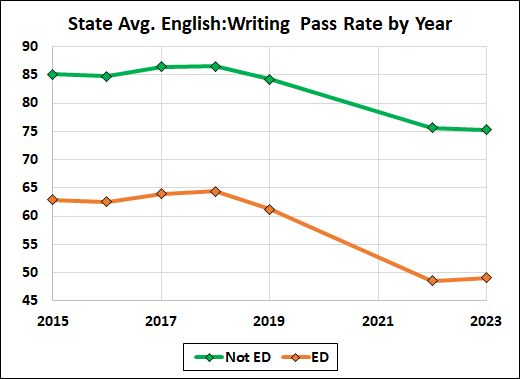
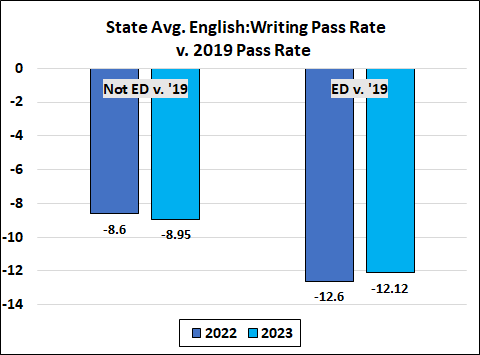
History & social science:
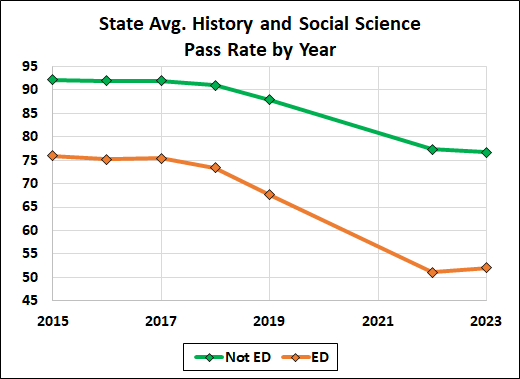
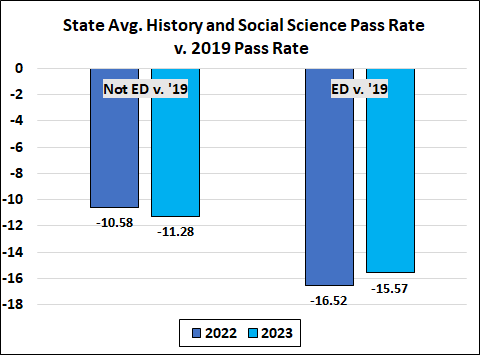
Finally, science:
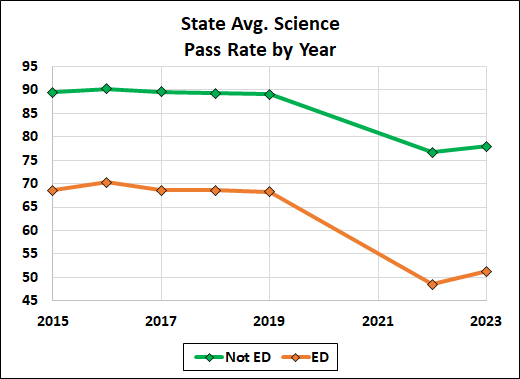
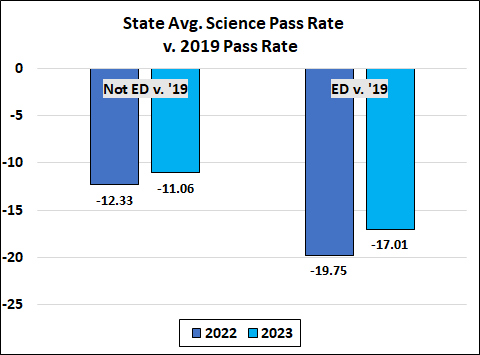
Stay tuned for some more detailed results.
Republished with permission from Cranky’s Blog.

Leave a Reply
You must be logged in to post a comment.